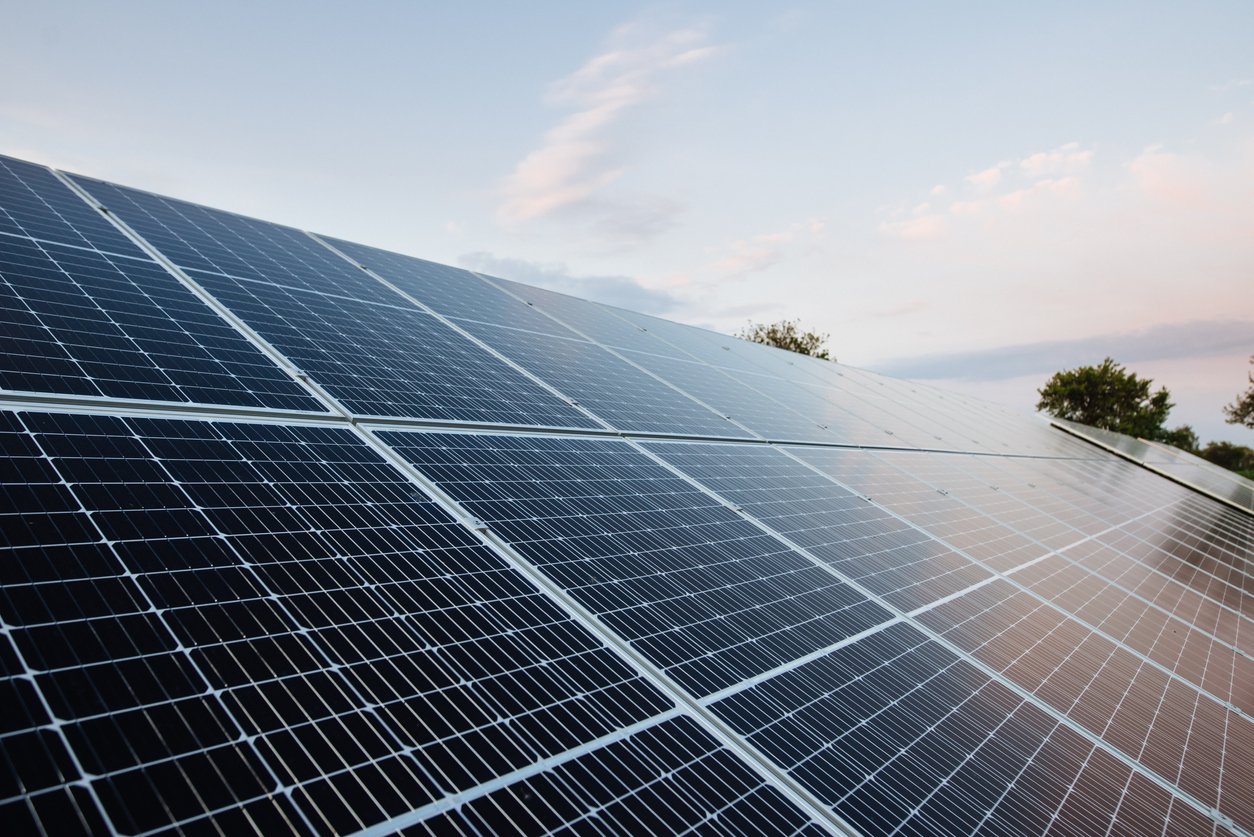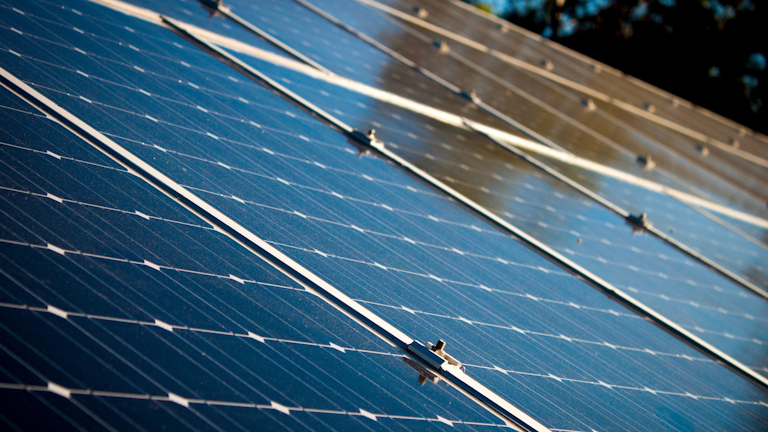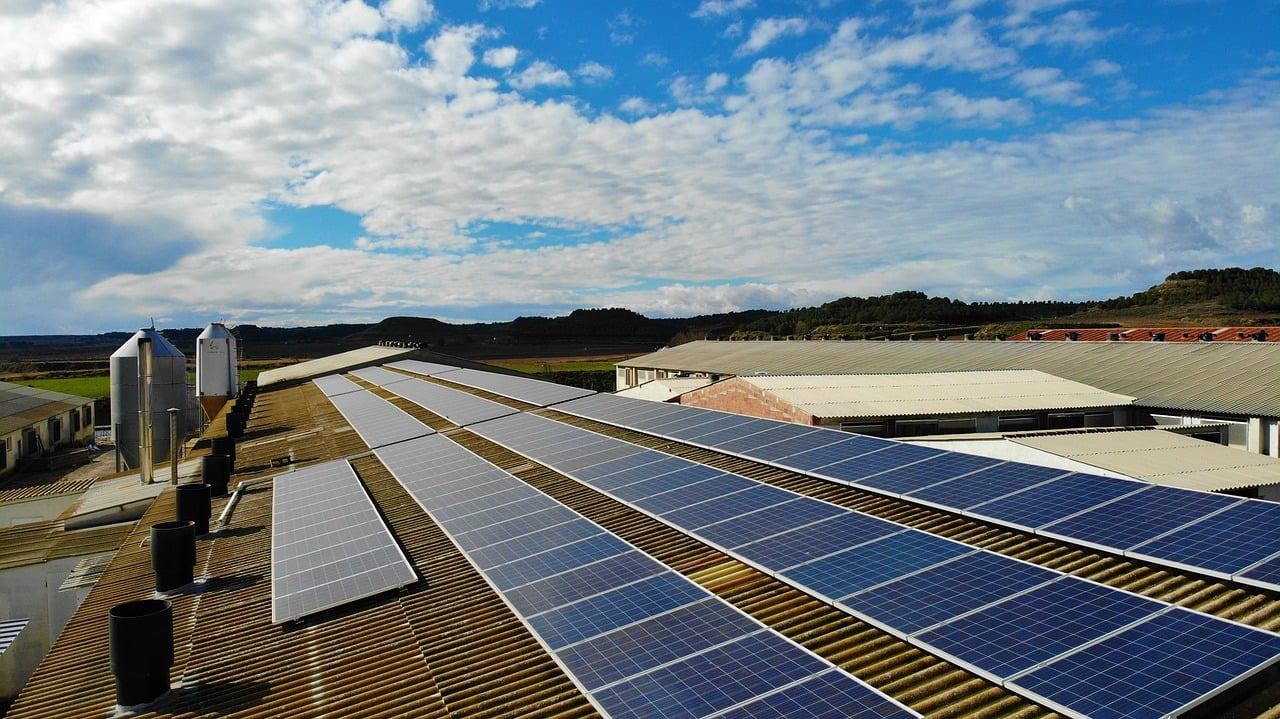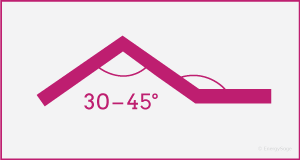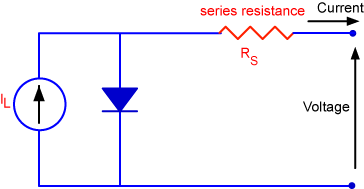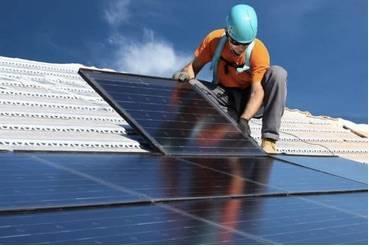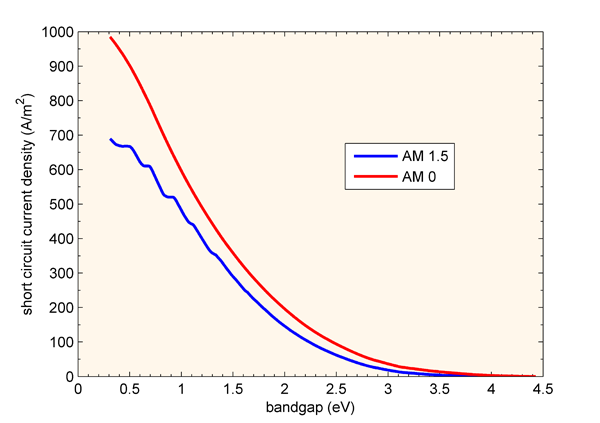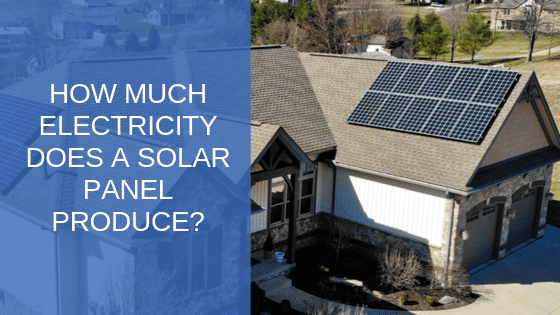The solar panel modules are exposed in the natural environment for a long time and factors such as wind and lightning will affect the solar cell.
Factors affecting solar panel power output.
Whether that s bird mess pollution building dust or fallen leaves anything which produces any kind of barrier for the suns rays to enter the solar panel will reduce it s overall power output.
Higher temperature increases the conductivity of the semiconductor charges become balanced within the material reducing the magnitude of the electric field inhibiting the charge separation which lowers the voltage across the cell.
We ve talked about irradiance before but it bears repeating since it s not exactly an everyday word.
The performance of solar photovoltaic systems which generate electricity and solar thermal systems which produce hot water all depend on the availability and intensity of solar radiation.
5 snow you know nothing jon.
There are several other factors that affect solar panel efficiency and the ability to convert sunlight into energy for use in our homes and businesses.
One final major factor worthy of consideration is that of good old fashioned dirt.
High temperature can severely reduce the solar panel s production of power.
Cloud cover sun intensity relative humidity and heat buildup.
Solar panels and temperature believe it or not warmer temperatures actually have an adverse effect on the production of solar panels.
The tilt of solar panels and the effect on solar panel production.
The power production from three different solar panel mountings fixed tracking and adjustable will depend on several identified factors namely.
You just don t hear.
Light wind temperature and so on will change the photoelectric conversion efficiency of solar panels cells and some factors may even damage the functions and structures of the solar panels.
The electricity generated by a solar pv system is governed by its rated power output but it s also dependent on other factors such as panel efficiency and temperature sensitivity as well as the degree of shading that the system experiences and the tilt angle and azimuth of the roof on which it s installed.



